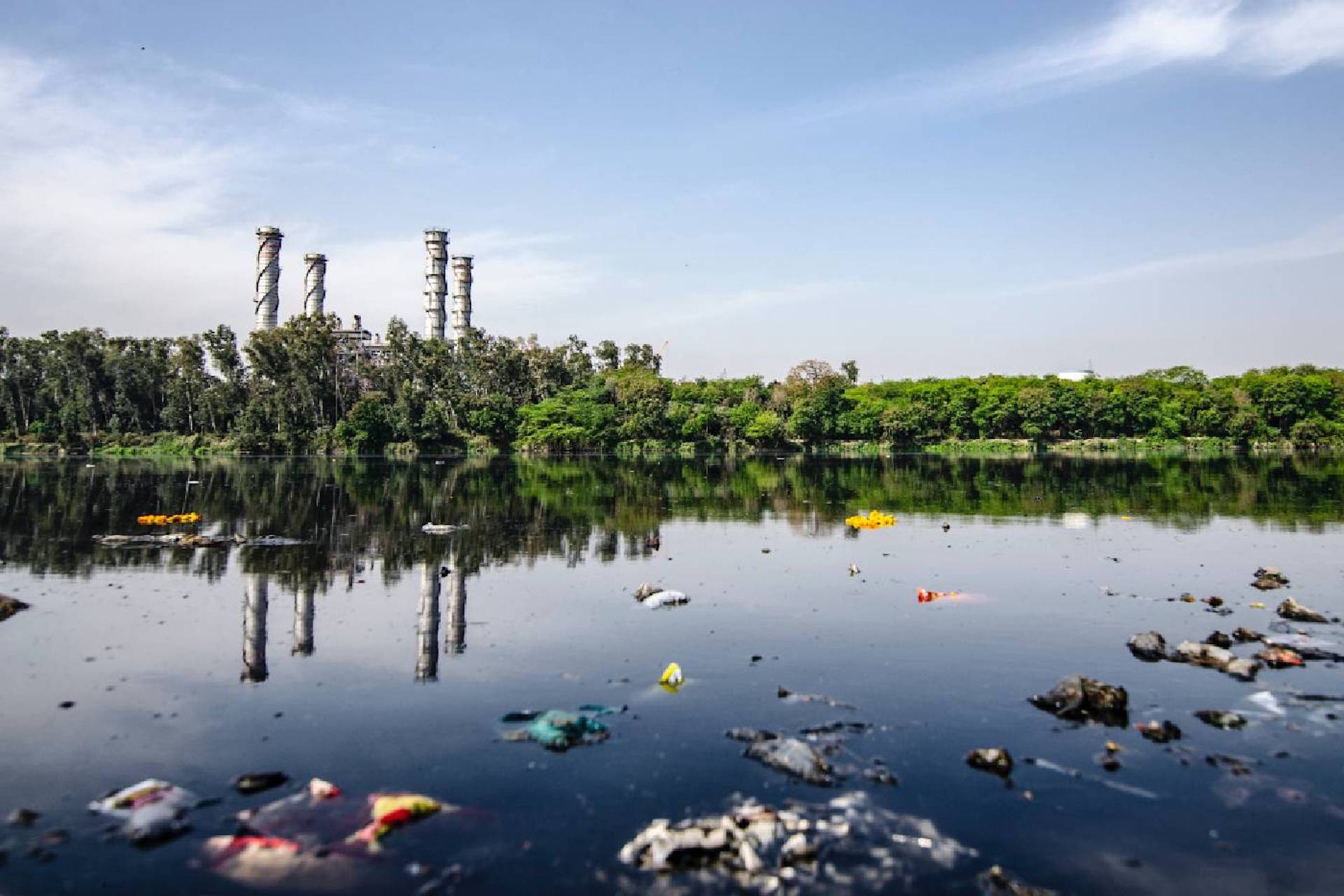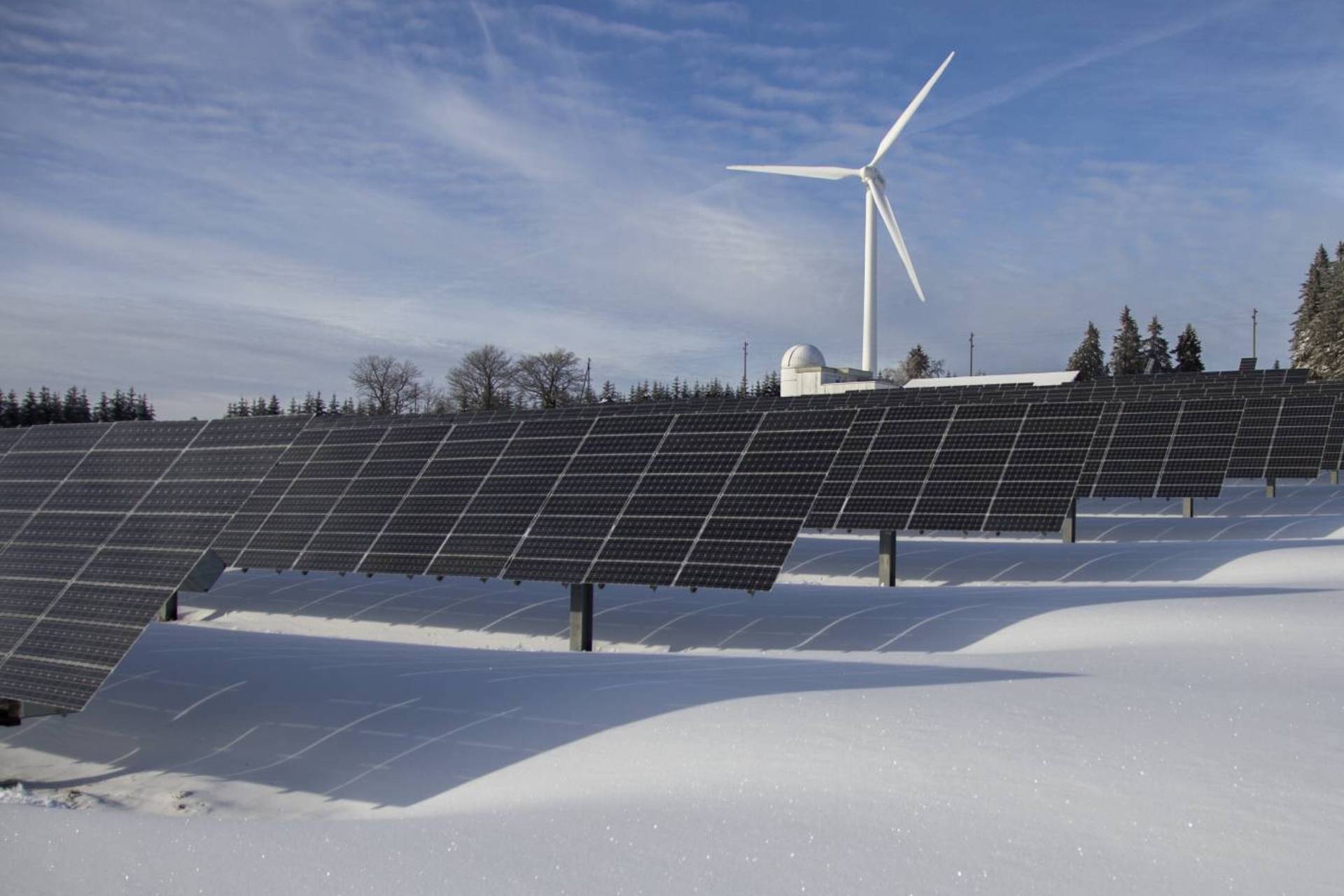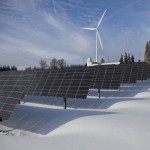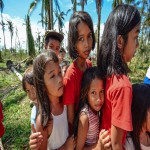PART I _ A web of interconnected challenges marks the global environmental landscape. From the historical contributions of affluent nations to carbon emissions to the devastating impacts of unchecked resource exploitation and pollution on vulnerable communities, these issues transcend borders.
Climate Change and the Impact on the Global South
The stark reality of global inequality casts a long shadow on efforts to combat climate change and safeguard the planet's well-being and its inhabitants.
The world's most affluent countries, referred to as the "Global North,” are responsible for around half of all emissions since the Industrial Revolution, as estimated by the World Inequality Database. Privileged lifestyles in Europe, North America, and other nations in the Global North produce a carbon footprint 100x more significant than that of the world's most impoverished countries combined.
The disproportionate overuse of limited natural resources and the rampant pollution of water, land, and air by developed nations has severe consequences on a global scale that disproportionately affect vulnerable communities in the Global South.
In a striking new video, NASA has made visible the production of human-produced carbon dioxide for 2021. The video highlights the significant contributors and sources of CO2 emissions added to Earth's atmosphere, emanating from the Global North and eventually engulfing the Global South.
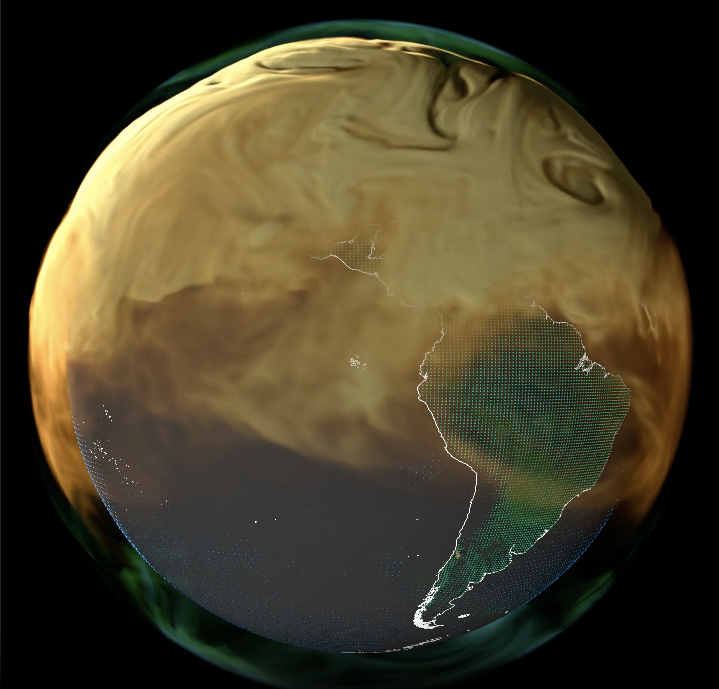
Examples of environmental and social atrocities caused by the global plundering and mismanagement of resources are abundant, and their undeniable consequences are evident in declining living standards, especially within some of the most precious, biodiverse, and vulnerable environments on the planet.
Uruguay - Water Crisis Indicates a Wider Issue
A state of emergency has been declared in the capital city of Montevideo, Uruguay, due to extreme water shortage. Almost two decades ago, Uruguay became the world’s first country to include the right to clean water in its constitution.
But years of unsustainable export-led agriculture and forestry coupled with intensifying climate factors have left reservoirs and residents desperate.
In 2019, rice, wood pulp, soybeans, and meat – the main exports – consumed about 50 times more water than the amount that went to drinking supplies.
“We all fell asleep,” - José Mujica, former president of Uruguay.
The water crisis in Uruguay should be a clear warning to other nations of the impacts of unchecked resource exploitation.
Chile - Mining and Environmental Concerns
The mining and extraction of minerals, like copper and lithium, in Chile has resulted in a scarcity of clean water in the country's dry regions, particularly in the northern areas where the majority of copper production occurs.
According to a McKinsey report, the mining industry consumes enough water annually to provide for 75% of the Chilean population. This situation significantly impacts the local economy, society, and the environment.
Chile’s Indigenous communities living in the north suffer the most significant impacts of local mining while seeing none of its benefits.
“Nothing stays in Chile; it all goes to other places. We don’t have electric vehicles in Chile. We suffer from the contamination, and the green energy goes to the Global North. But at whose cost?” - Lesley Rivera
Now, Chile is working to rewrite its dictatorship-era constitution, which could allow for a dramatic reassessment of the coastal nation’s relationship with the environment and history. Many believe this move will unsettle mining companies.
Brazil - Deforestation and Logging
Brazil has faced rampant deforestation, with logging being a major contributing factor. Data from 2021 revealed that Brazil's Amazon rainforest suffered the highest annual rate of deforestation in over 15 years.
The country's space research agency monitoring system showed that the region lost over 5,100 square miles of rainforest — comparable to about the size of the U.S. state of Connecticut — between August 2020 and July 2021.
About 1 million Indigenous people and 3 million species of plants and animals live in the Amazon and are directly negatively impacted by deforestation and logging efforts in this habitat.
Moreover, destroying vast rainforest areas releases large amounts of stored carbon which leads to further biodiversity loss and contributes to climate change.
Guadeloupe & Martinique - Kepone Poisoning
Chlordecone is a pesticide created in the 1950s in the United States and sold under the name “Kepone.” In 1975, the use of this pesticide generated a historic trial that resulted in the product being banned in the U.S. A few years later, the World Health Organization classified the chemical as potentially carcinogenic.
France started using this pesticide on banana plantations in the French overseas territories of Martinique and Guadeloupe in 1972. The chemical was ultimately banned in mainland France in 1990 but was allowed to continue to be used in the islands until 1993.
The enormity of the environmental pollution caused by chlordecone is alarming and difficult to grasp. The pesticide compound of chlordecone—which passes through the food chain by contaminating soil and rivers, groundwater, livestock, poultry, fish, shellfish, root vegetables, and the human population—can persist in nature for nearly 700 years, and its chronic toxicity is still poorly understood.
It is now recognized that 92-95% of the people of Martinique and Guadeloupe have been exposed to this pesticide—which is linked to an increased risk of prostate cancer—through their food and water systems. In 2018, the men of Martinique and Guadeloupe suffered the highest rates of prostate cancer worldwide.
This extensive damage to the environment and generations of humans' health was all due to the desire to protect banana crop profits from being impacted by a weevil.
Chronic Water Pollution in Hawaii
In 2021, NPR reported that Hawaii had ordered the U.S. Navy to halt operations at the World War II-era Red Hill Bulk Fuel Storage Facility after a petroleum leak was found to have contaminated Honolulu's drinking water supply. Samples from the Red Hill shaft contained petroleum levels that were 350 times the level considered safe.
It was later learned that 19,000 gallons of jet fuel from the U.S. Navy's underground fuel storage facility leaked into one of Oahu's primary water aquifers. The contamination has led to a significant water crisis in the Pacific, affecting more than 93,000 people.
Petrol leaks are not the island's only water woes. In 2022, The Surfrider Foundation’s Blue Water Task Force found high concentrations of bacteria in freshwater sources and beaches around Honolulu, Kāneʻohe, and Haleʻiwa.
Areas with high concentrations of bacteria-infested waters also have a high concentration of cesspools. The wastewater slowly seeps out of its storage (likely due to infrastructure issues) before it can be treated, contaminating nearby water with waste from toilets.
Trashing the Ocean – Accumulation of Massive Garbage Patches
The Great Pacific Garbage Patch, the Pacific Trash Vortex, is the largest of the world’s oceans’ five offshore plastic accumulation zones located halfway between Hawaii and California.
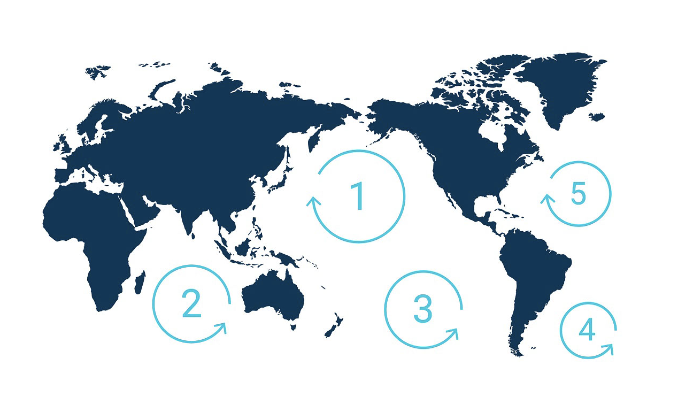
(Image Source: The Ocean Cleanup)
For many, the idea of a “garbage patch” conjures up images of an island of trash floating on the ocean. However, these patches are almost entirely made up of tiny bits of plastic, called microplastics, that can’t always be seen by the naked eye or even satellite imagery.
The microplastics of the Great Pacific Garbage Patch can simply make the water look cloudy. The cloudy water is also intermixed with more oversized items, such as fishing gear, shoes, and other plastic items that are less dense than the water and will not sink once they encounter the sea.
The seafloor beneath the Great Pacific Garbage Patch may also be an underwater trash heap. Oceanographers and ecologists recently discovered that about 70% of marine debris sinks to the bottom of the ocean.
No one knows how much debris makes up the Great Pacific Garbage Patch as the vortex’s area is nearly impossible to measure. One boat Captain gives us a sense of the magnitude of:
"Yet as I gazed from the deck at the surface of what ought to have been a pristine ocean, I was confronted, as far as the eye could see, with the sight of plastic. It seemed unbelievable, but I never found a clear spot. In the week it took to cross the subtropical high, no matter what time of day I looked, plastic debris was floating everywhere: bottles, bottle caps, wrappers, fragments.”
Where does it all come from? It is estimated that 80% of plastic comes from land-based sources, with the remaining 20% from boats and other marine sources. The Ocean Cleanup estimates that 1.15 to 2.41 million tonnes of plastic from rivers enter the ocean yearly. These percentages vary by region, however.
The impacts of ocean garbage devastate life in the ocean and on land.
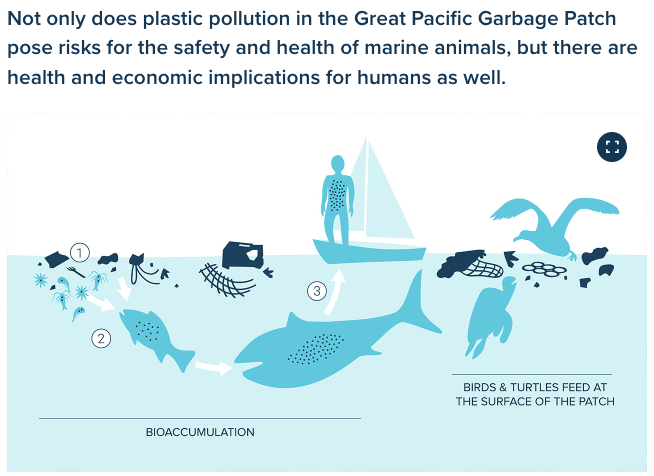
(Image source: The Ocean Cleanup)
Studies have shown that about 700 species have encountered marine debris, and 92% of these interactions are with plastic. 17% of the species affected by plastic are on the IUCN (International Union for Conservation of Nature) Red List of Threatened Species.
Once plastic enters the marine food web, there is a possibility that it will contaminate the human food chain as well.
According to a study conducted by Deloitte, yearly economic costs due to marine plastic are estimated to be between $6-19 BN USD. The costs stem from its impact on tourism, fisheries and aquaculture, and government cleanups.
Due to insufficient research, these costs do not include the impact on human health and the marine ecosystem.
Japan Releases Fukushima Water into the Pacific
Japan has begun releasing treated radioactive water from its damaged Fukushima power plant into the Pacific Ocean, 12 years after a nuclear meltdown.
Japan is planning to release wastewater into the ocean gradually. The entire process is estimated to take at least 30 years with the first release scheduled before the end of March 2024.
The issue is that Japan cannot remove all radioactive elements from the wastewater before piping it into the ocean. According to BBC, a radioactive element of hydrogen, called tritium, can't be removed from the contaminated water because there is no technology to do it. Instead, the water is diluted.
The United Nation's atomic regulator says the water will have a "negligible" radiological impact on people and the environment. However, critics say more studies on how it could affect the ocean bed, marine life, and humans are required.
The US National Association of Marine Laboratories released a statement in December 2022 saying Japan's data is not convincing. Marine biologist Robert Richmond, from the University of Hawaii, told the BBC:
“We've seen an inadequate radiological, ecological impact assessment that makes us very concerned that Japan would not only be unable to detect what's getting into the water, sediment, and organisms but if it does, there is no recourse to remove it... there's no way to get the genie back in the bottle.”
Experts say ocean currents could carry the wastewater, particularly the cross-Pacific Kuroshio current. Could this radioactive water eventually mix with the Great Pacific Water Patch? If so, what would the impact be?
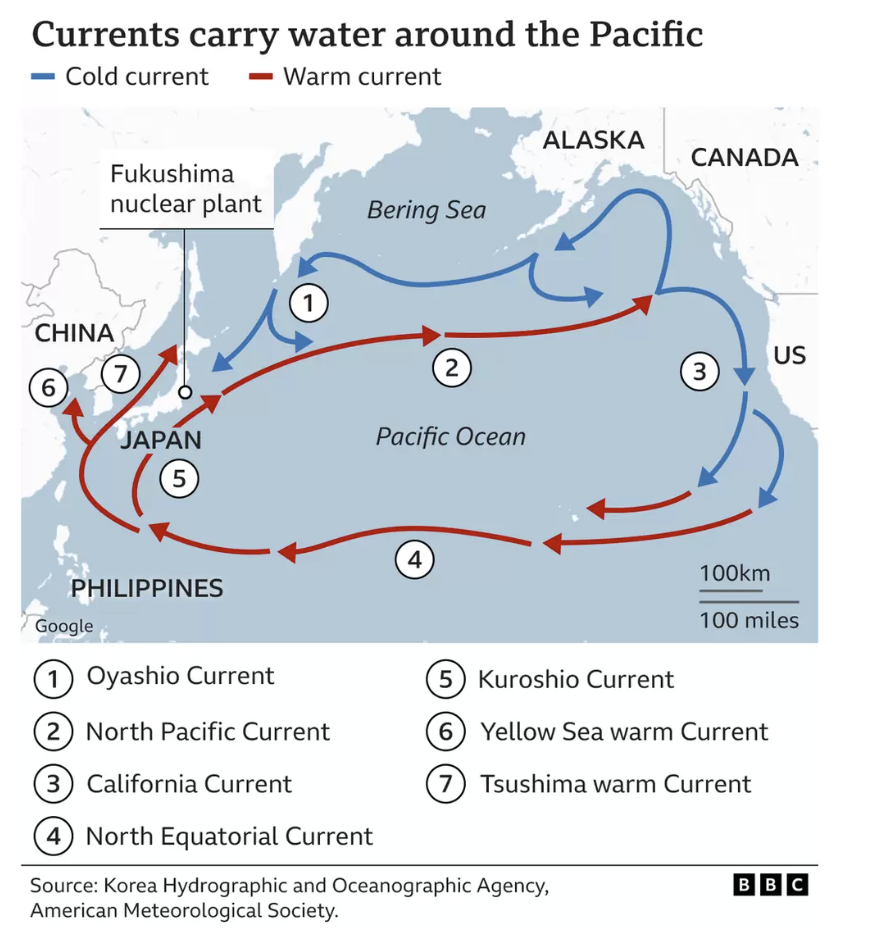
3M's Toxic Waste Cleanup Settlement
The chemical manufacturer 3M Co. will pay at least $10.3 billion to settle lawsuits over contamination of many U.S. public drinking water systems with potentially harmful compounds, referred to as PFAS, used in firefighting foam and a host of consumer products.
The compounds have been detected at varying levels in drinking water nationwide. Described as "forever chemicals" because they don't degrade naturally in the environment, PFAS have been linked to various health problems, including liver and immune-system damage and some cancers.
The settlement exemplifies how industrial practices have polluted the environment, endangering human health and well-being, but does not signal an end to these harmful practices. 3M has said that its participation in the settlement "is not an admission of liability" and that if it was rejected in court, "3M is prepared to continue to defend itself."
The present disparity in the excessive accumulation of CO2 in the atmosphere arises directly from the unsustainable and uneven exploitation of Earth's resources. This is driven by the imbalanced utilization of limited natural resources and widespread contamination of water, land, and air, primarily by affluent and advanced countries.
SUMMARY
A web of interconnected challenges marks the global environmental landscape. From the historical contributions of affluent nations to carbon emissions to the devastating impacts of unchecked resource exploitation and pollution on vulnerable communities, these issues transcend borders.
They serve as stark reminders that environmental protection is not a luxury but a necessity, and international cooperation is imperative. Our choices today will determine the quality of life for future generations and the health of our planet.
It is our collective responsibility to address these challenges head-on. Only through concerted global efforts can we hope to mitigate the environmental crises facing our world and secure a brighter and healthier future for all humanity.
In celebration of World Oceans Day, Ready Player Institute reminds us of the vital role oceans play in our lives, raises awareness about the challenges they face, and encourages action and collaboration to ensure their long-term health and sustainability. It reminds us that the well-being of our planet is intricately connected to the health of our oceans.
ABOUT READY PLAYER INSTITUTE
Ready Player Institute is a 501(c)(3) non-profit organization addressing disparities in underserved and vulnerable regions, including LATAM, the Caribbean and Pacific Islands.
Their mission is to foster greater diversity and inclusion within research and entrepreneurship, all while harnessing innovation and technology to drive sustainable solutions.
Your contribution to Ready Player Institute through Uprise will directly support individuals from minority backgrounds in underserved regions. These funds will enable them to access essential training and laboratory programs aimed at digitizing tangible assets, improving educational opportunities, advancing healthcare services, optimizing the food supply chain, and addressing the pressing issue of climate change.
Ready Player Institute collaborates closely with Project DARP, Ready Player Infrastructure, and Ready Player Ventures, forming a comprehensive network dedicated to positive change and innovation.
Your support can make a meaningful difference in their efforts to empower underserved communities and drive progress in these critical areas.
🌍 Join Us in Making a Difference! 🌱
Do you have innovative ideas, breaking news, groundbreaking research, or expert insights that can help tackle climate change, environmental pollution, and social inequity? Share your voice with the world and be a catalyst for positive change. Together, we can create a better future!
Contact us today on publishing@readyplayerinstitute.org.
